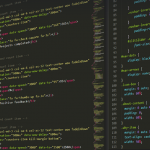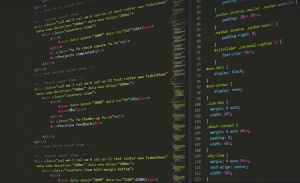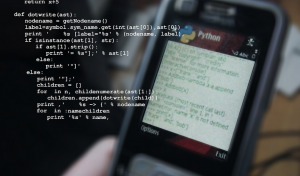What Makes a Report True?
In today’s fast-paced world, information travels at lightning speed. It becomes our reality, shaping opinions, influencing decisions, and even impacting lives. However, the sheer volume of information circulating demands a critical eye. This brings us to the crucial distinction between “unfounded reports” and “false reports”, two terms often used interchangeably but carrying distinct implications.
Imagine you’re browsing through your social media feed. You stumble upon an intriguing article claiming that a celebrity is secretly planning on running for president. Sounds exciting, right? The problem arises when this report, while potentially captivating, turns out to be unfounded. It lacks any verifiable evidence to support the claim.
Now consider a different scenario: you hear a friend excitedly telling you about a new, groundbreaking scientific discovery that could change the world. However, their sources are questionable – vague online forums and hearsay conversations. While seemingly trustworthy, these reports lack credible backing.
Defining “Unfounded”
So, what exactly defines an unfounded report? Simply put, it’s a piece of information that lacks any concrete evidence to support its claims. It might be based on speculation, anecdotal stories, or rumors passed down through informal channels. It often feels plausible at first glance but ultimately crumbles under scrutiny.
These reports can range from amusing gossip to potentially harmful misinformation. A simple example: someone claiming they saw a mermaid in the local park! While it might seem fantastical and intriguing, without any evidence like photographs or eyewitness accounts, it remains unfounded.
The key factor here is the absence of verifiable information that can be independently verified. It’s crucial to understand that “unfounded reports” are not necessarily malicious in intent but often succumb to a lack of proper investigation and critical thinking.
Defining “False”
Now, let’s delve into the realm of “false reports”. These reports, unlike unfounded ones, are intentionally misleading and often carry specific agendas. They might be fabricated for financial gain, political influence, or simply to entertain an audience by spreading fictional narratives.
For instance, a false report could allege a company is using unethical labor practices or a political candidate is secretly running a money-laundering scheme. These reports might exploit public fear and uncertainty to manipulate situations for their own advantage.
False reports often possess the ability to sway opinion, especially in politically charged environments. However, it’s important to remember that even if they are intentional falsehoods, they do not necessarily hold a level of malicious intent like outright fraud or criminal activity. It’s crucial to differentiate between these two forms of misinformation.
Why The Difference Matters
Understanding this distinction is vital in navigating the sea of information available today. “Unfounded reports” can be harmless distractions, while “false reports” demand a heightened level of scrutiny and critical thinking. It’s also crucial to recognize that these distinctions have significant implications for our understanding of information and its impact on society.
Think about the potential harm that unfounded reports can cause: spreading unsubstantiated claims without any evidence can lead to undue anxiety, fear-mongering, or even harm reputations. It’s vital to use our critical thinking skills to assess the credibility of information and avoid falling prey to rumors or misinformation.
On the other hand, “false reports” often have more serious consequences, potentially impacting businesses, individuals, and communities negatively. They can lead to legal action, financial losses, public mistrust, and even social unrest if not addressed properly.
The Battle Against Misinformation
Combating misinformation requires a multifaceted approach. Firstly, we must encourage media literacy skills in individuals. By equipping them with the ability to critically analyze sources, identify biases, and recognize manipulative tactics, we can empower them to navigate the information landscape more effectively.
Secondly, promoting open communication and transparency within organizations is crucial. Holding accountable those who spread misinformation while ensuring responsible content creation from reliable sources helps combat this challenge.
Finally, fostering a culture of fact-checking and cross-referencing information can help individuals verify the truth behind reports, especially in today’s digital age where fake news spreads faster than ever before.
Conclusion: A Call for Critical Thinking
In this constant cycle of information exchange, understanding the difference between unfounded and false reports is crucial. It empowers us to discern genuine insights from misinformation and navigate the complexities of our digital world with greater clarity. By engaging in critical thinking, challenging assumptions, and relying on credible sources, we can mitigate the effects of these reports and contribute to a more informed society.
The pursuit of truth is an ongoing endeavor. It demands constant vigilance and a commitment to using critical thinking skills to navigate the dynamic landscape of information. Let’s strive to be discerning, responsible citizens in this era of digital communication.












